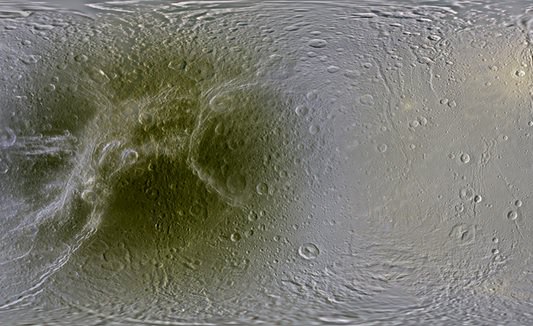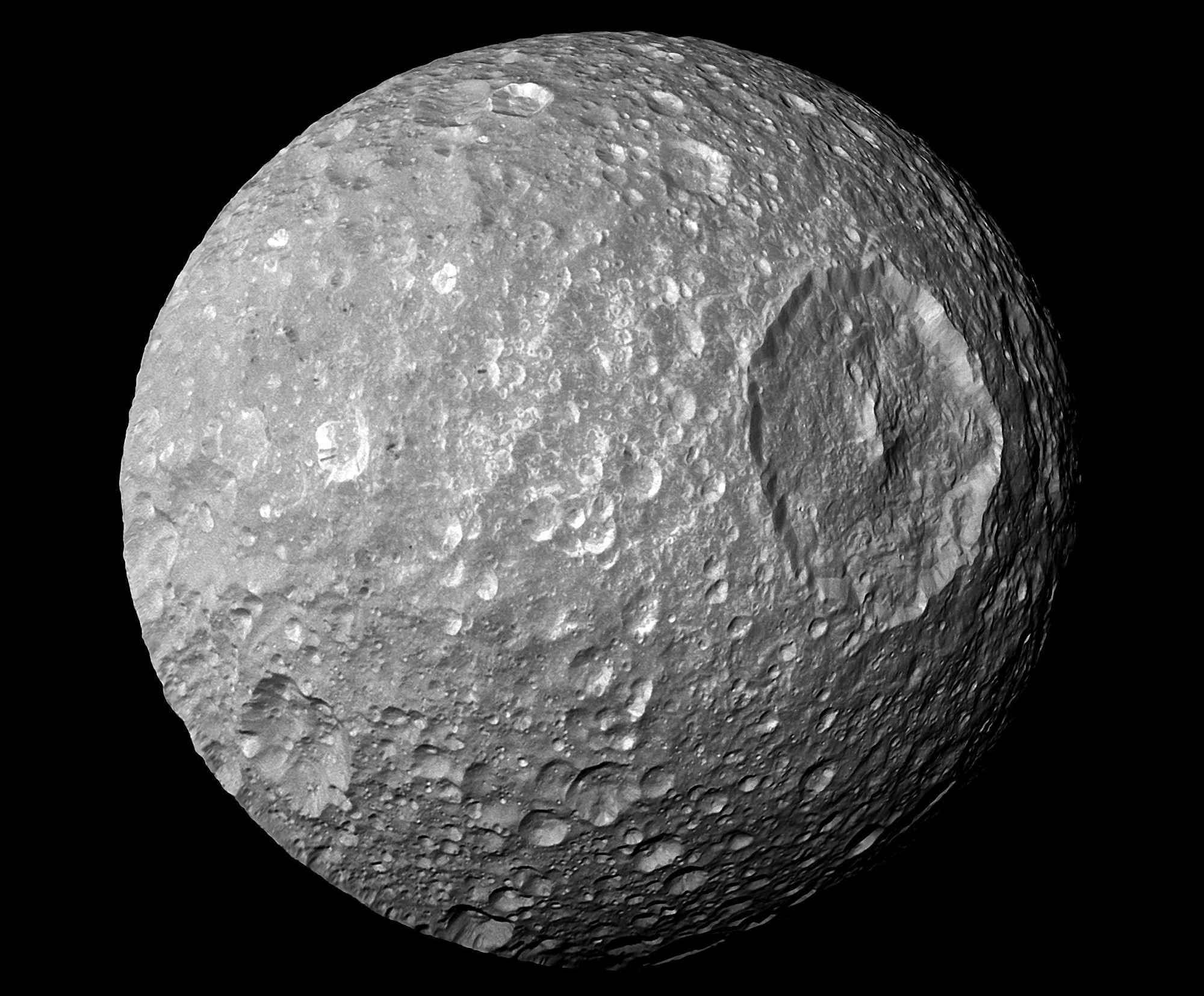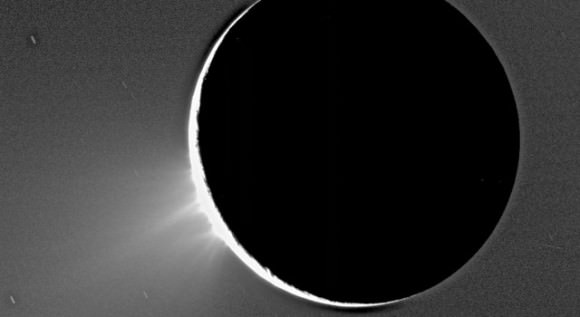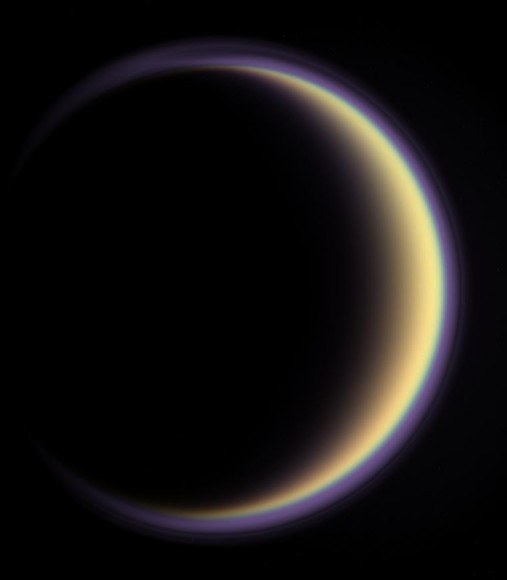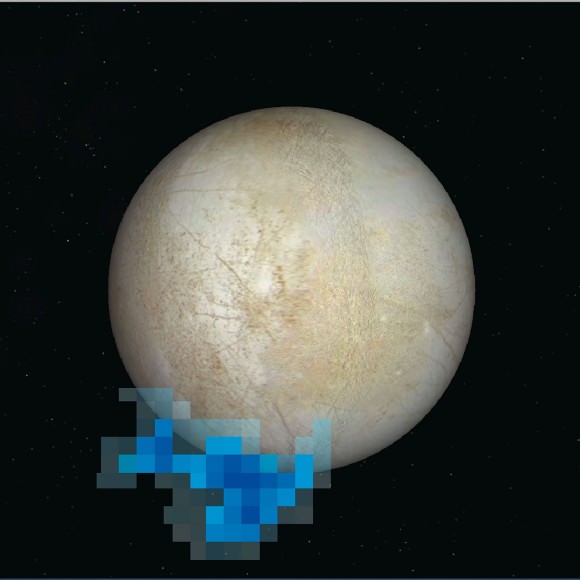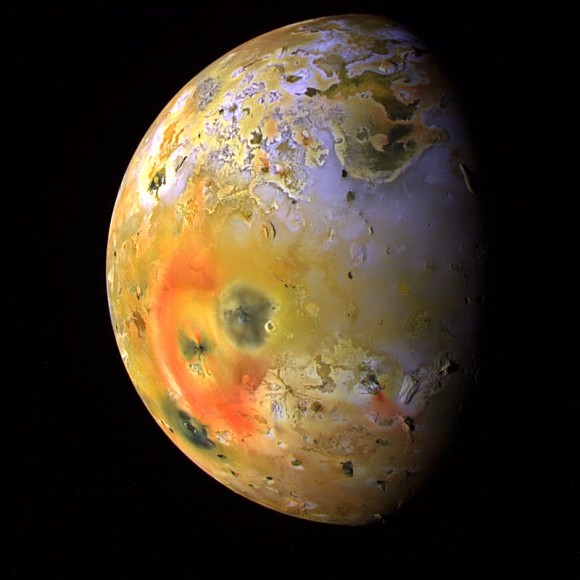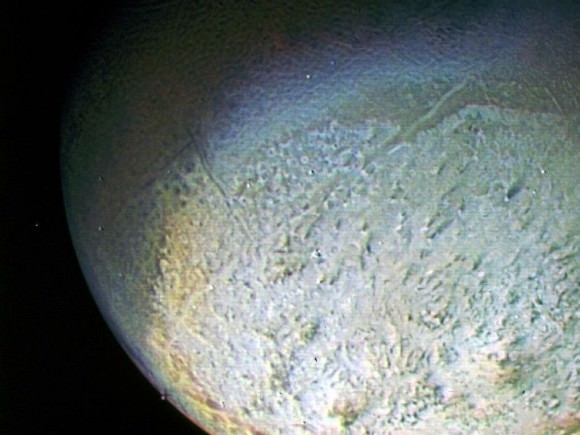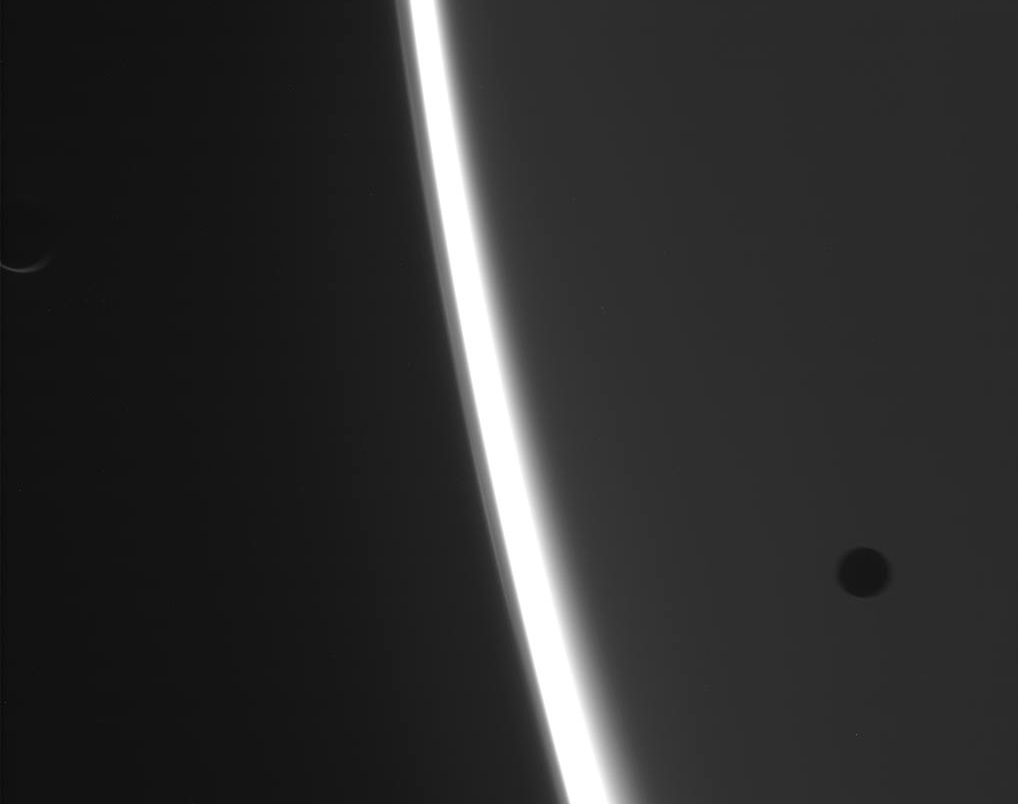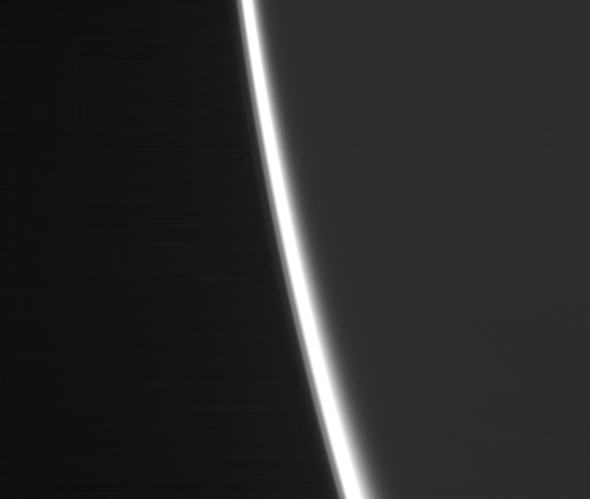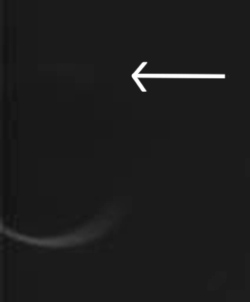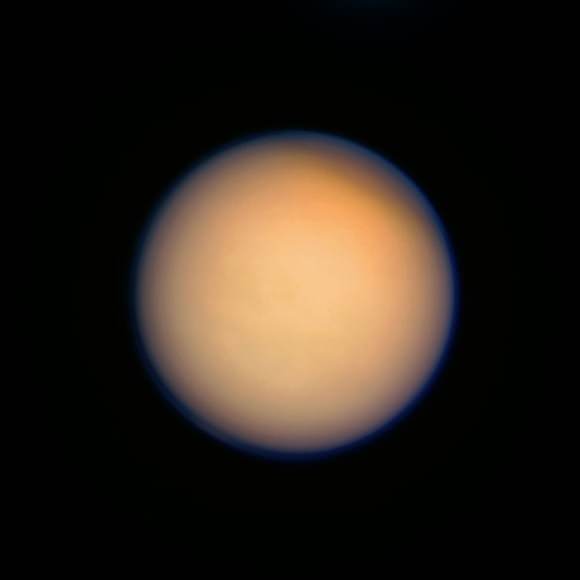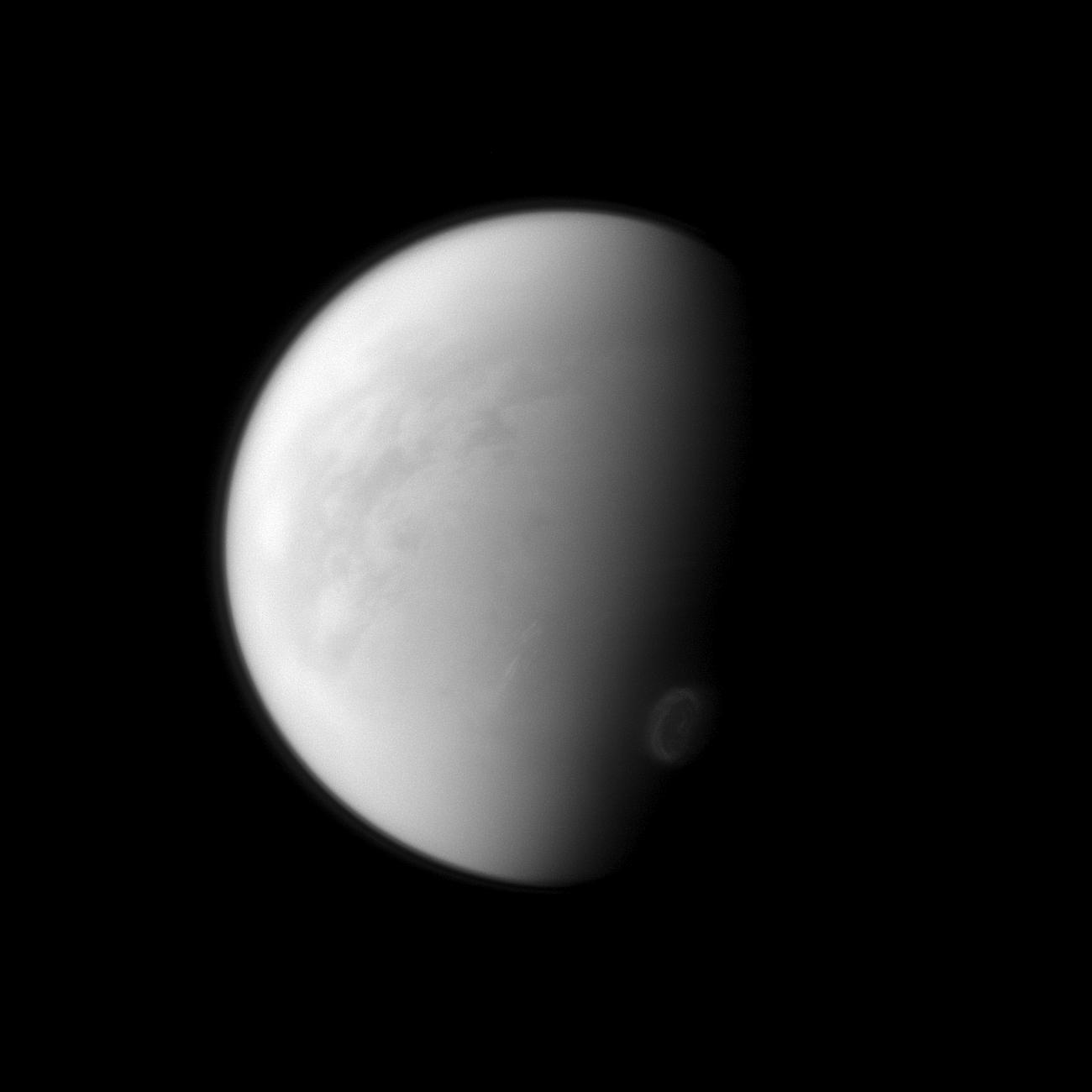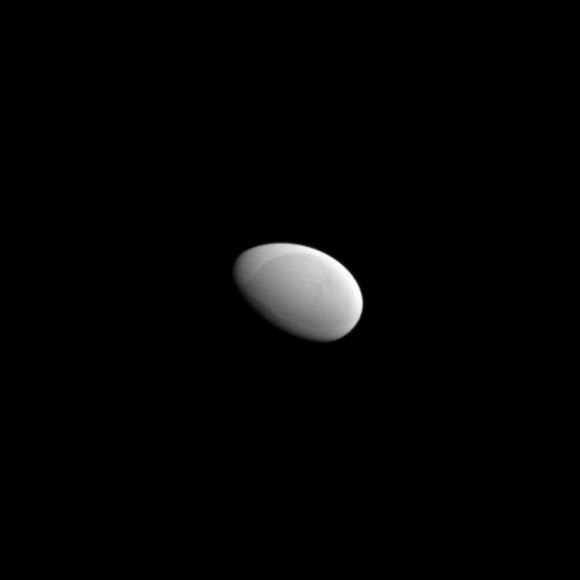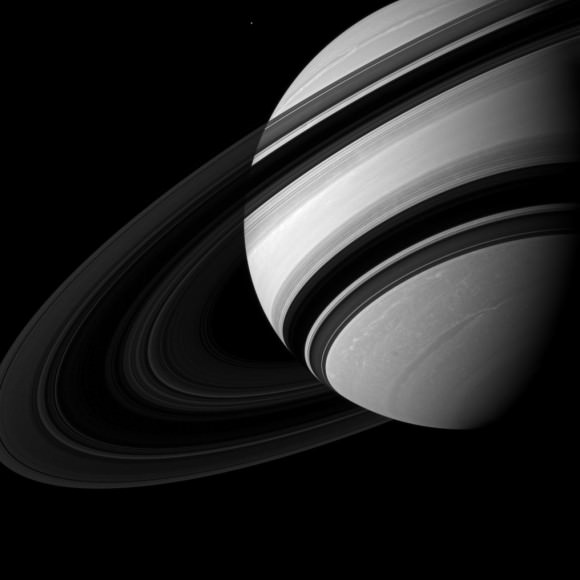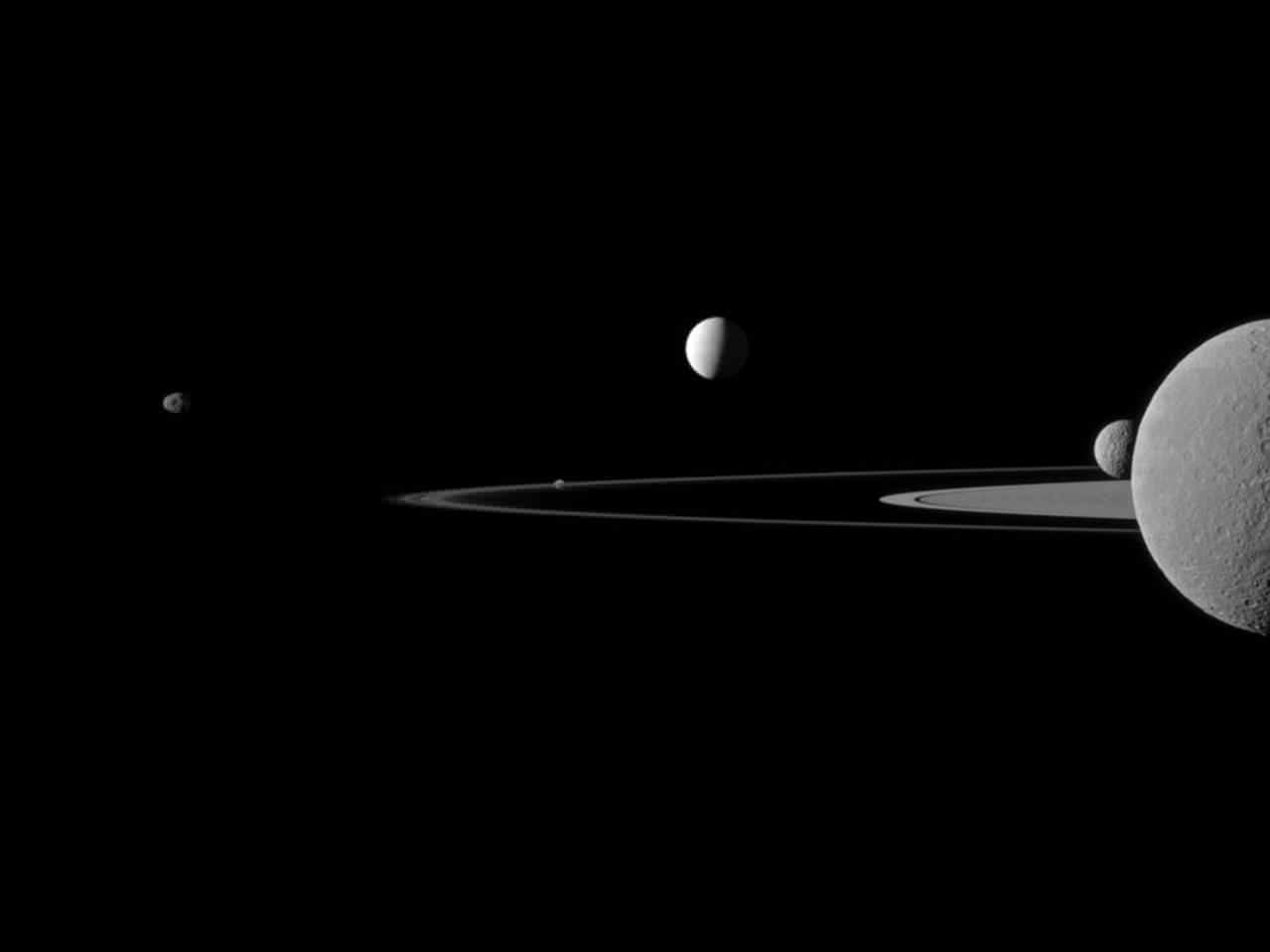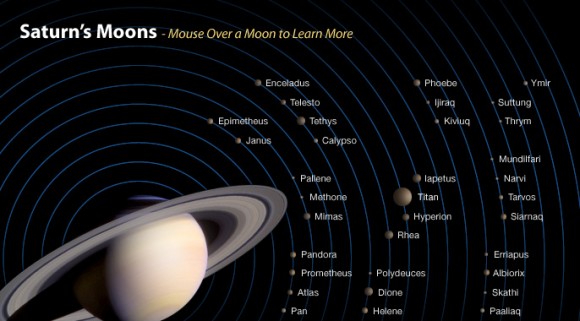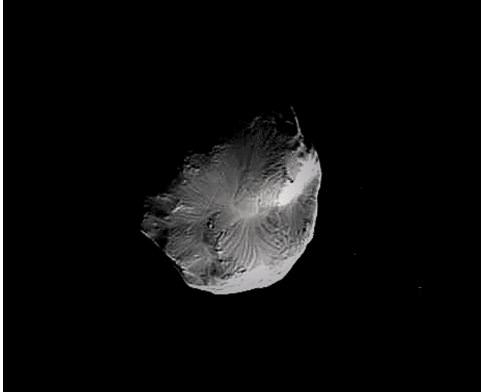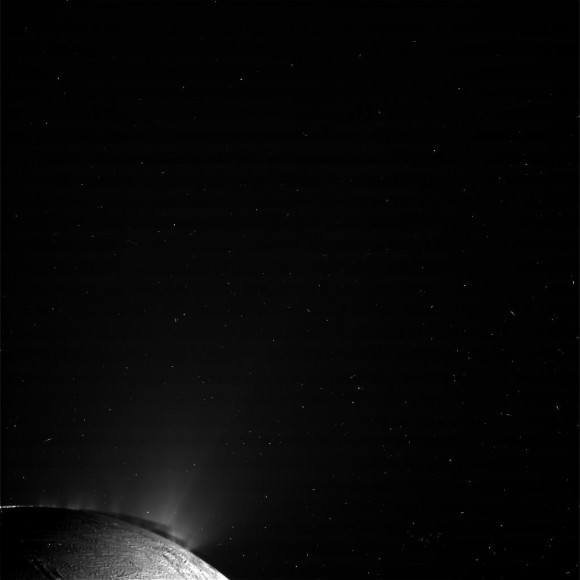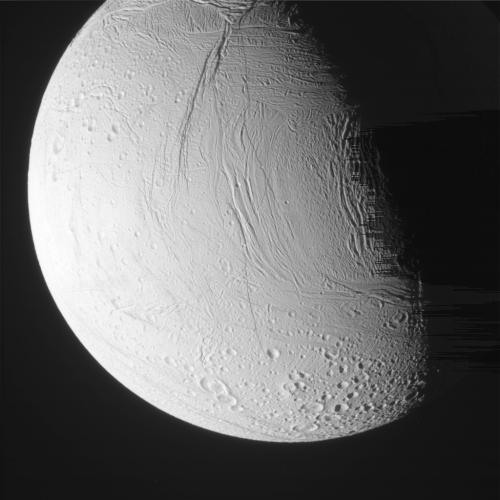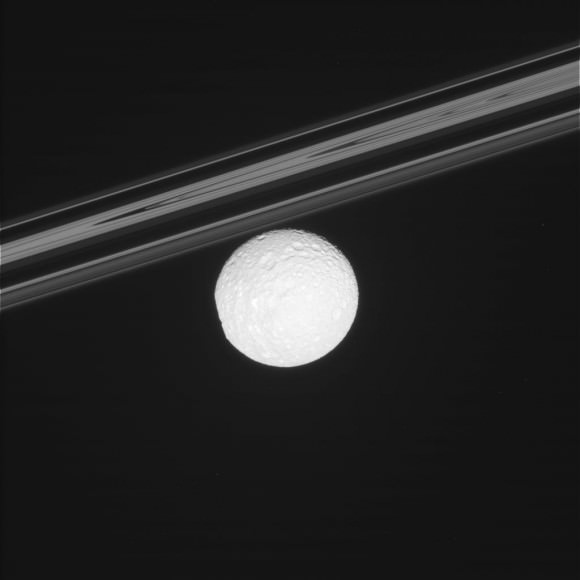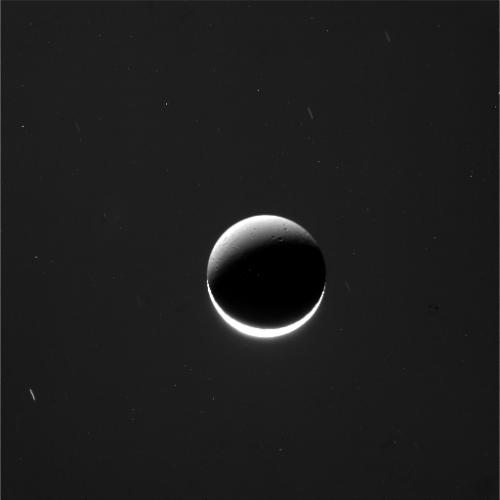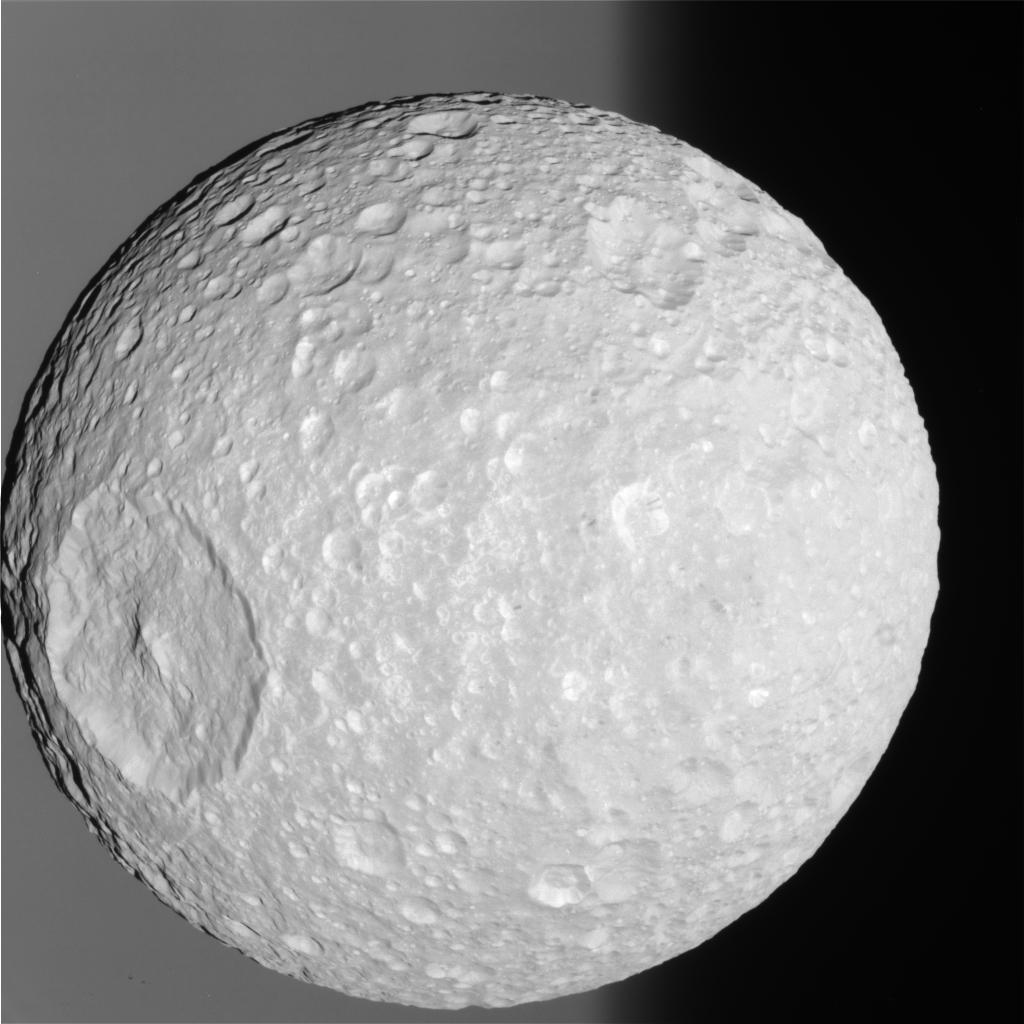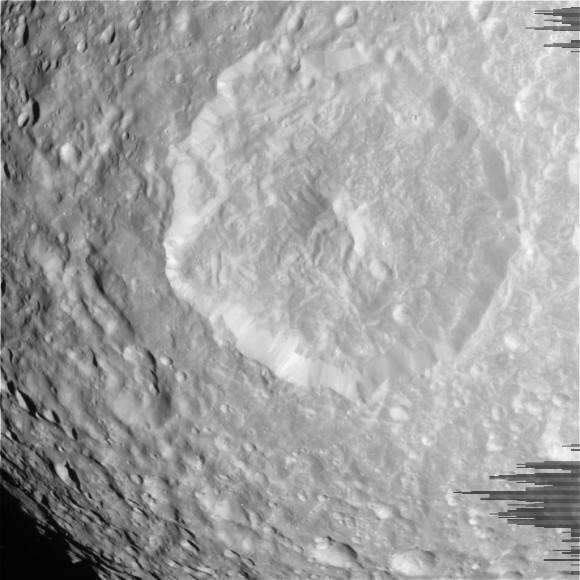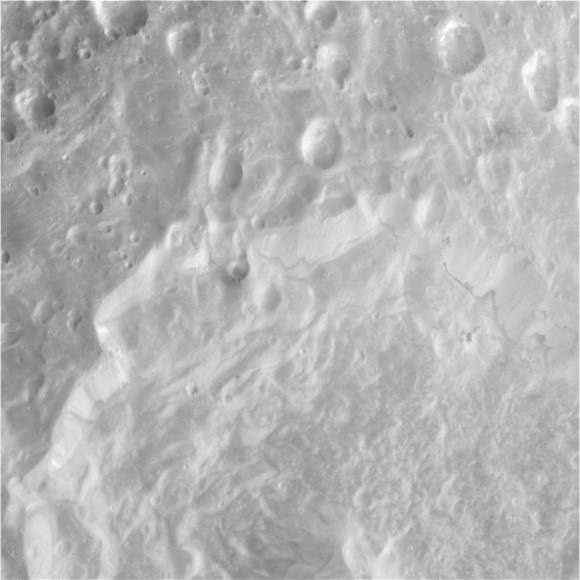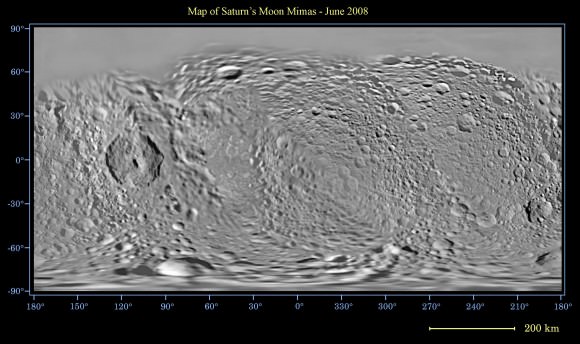If you hang out in Saturn’s intense magnetic environment for a while, it’s going to leave a mark. That’s one conclusion from scientists who proudly released new maps yesterday (Dec. 9) of the planet’s icy moons, showing dark blotches on the surfaces of Dione, Rhea, and Tethys.
Cassini has been at Saturn for more than 10 years, and compared to the flyby Voyager mission has given us a greater understanding of what these moons contain. You can see the difference clearly in the maps below; look under the jump and swipe back and forth to see the difference.
So what do these maps yield? Radiation-burned hemispheres in Dione, Tethys, and Rhea. Icy deposits building up on Enceladus from eruptions, which you can see in yellow and magenta, as well as fractures in blue. Dust from Saturn’s E-ring covering several of the moons, except for Iapetus and Tethys.
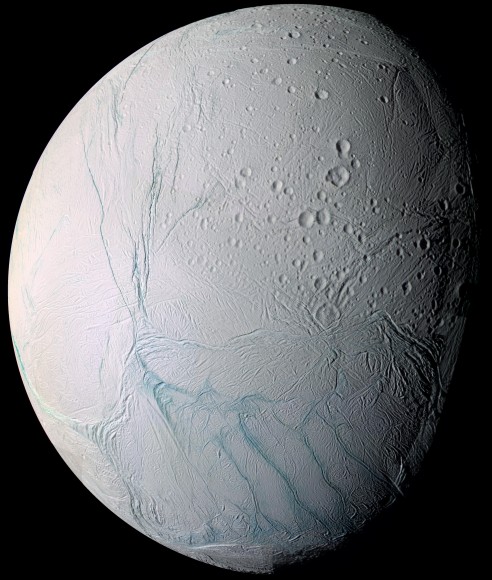
Could these be used by future explorers seeking life in some of these moons? In the meantime, enjoy the difference between Voyager’s view in the 1980s, and Cassini’s view for the past decade, in the comparison maps below.
A caution about the maps: they are a little more enhanced than human vision, showing some features in infrared and ultraviolet wavelengths. “Differences in color across the moons’ surfaces that are subtle in natural-color views become much easier to study in these enhanced colors,” NASA stated.
Dione
Enceladus
Iapetus
Mimas
Rhea
Tethys

